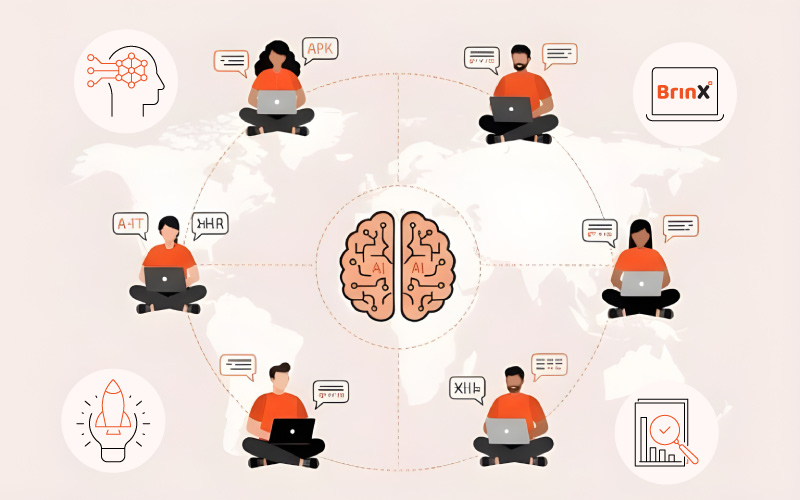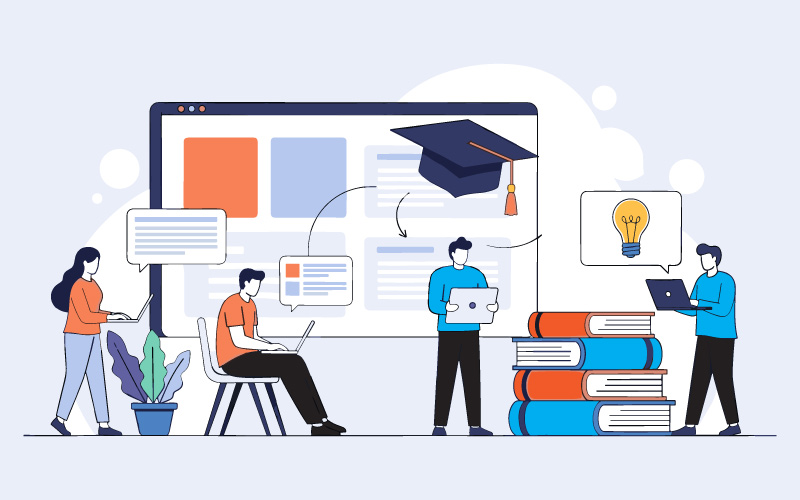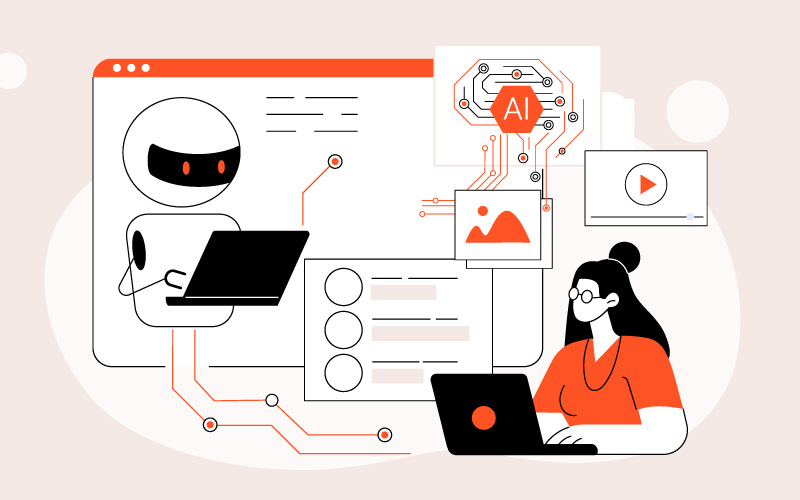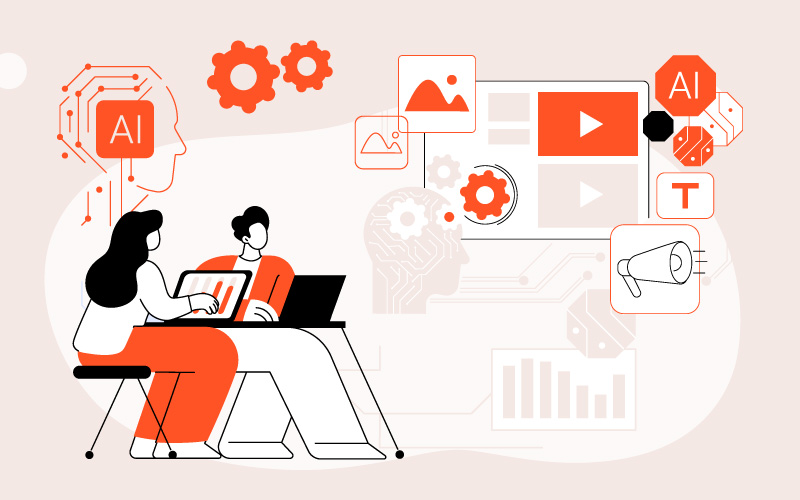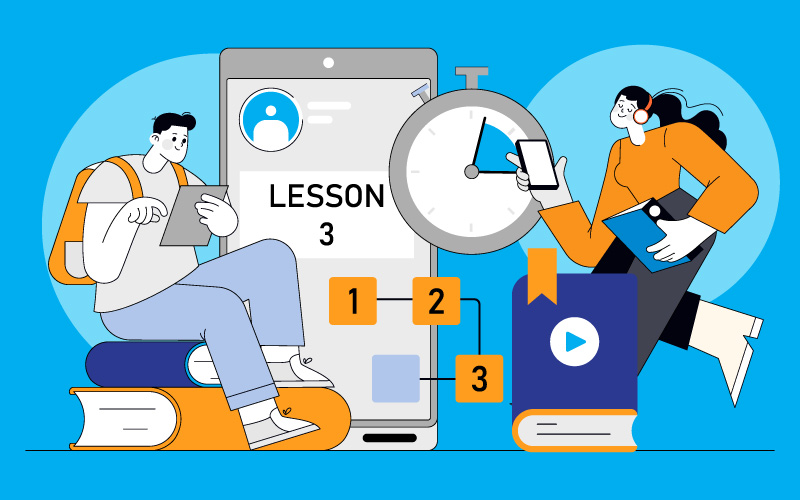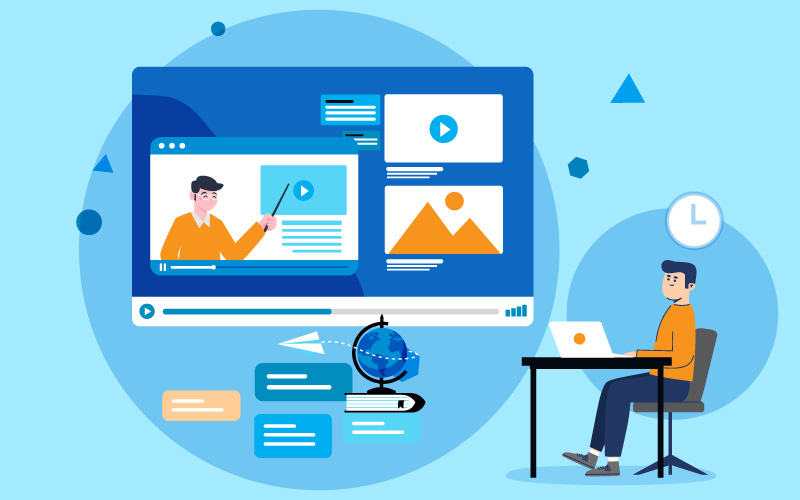Why “Localization” Is the Differentiator in Global eLearning Today
When a learner opens a course that speaks their language and their culture, something changes. The examples make sense. The tone feels familiar. Learning stops being translated and starts being transformed.
Immersive Learning with AR & VR: The Next Campus Frontier
In 2024, a mid-sized university examined two sections of an introductory mechanics course. One worked with screen-based digital assets.
From Manuals to Microlearning: The Next Step in Enterprise Training
Recently, a coworker casually brought up the idea of utilizing ChatGPT to write a project overview. That remark stayed with me, but the conversation swiftly changed topics.
How Learning Analytics Is Driving Equity and Retention in Higher Education
Student data has become a live reflection of academic behavior rather than a static record. Every interaction within a learning environment now leaves a measurable trace- how students navigate materials, engage with peers, or progress through assessments.
AI Literacy for Everyone: Why Upskilling Can’t Stop at L&D
Recently, a coworker casually brought up the idea of utilizing ChatGPT to write a project overview. That remark stayed with me, but the conversation swiftly changed topics.
From Backlog to Rollout: How AI Shrinks L&D Timelines from Months to Days
Most L&D teams already work fast. The issue sits in how the work moves- linear, approval-heavy, and segmented. Each step waits for the one before it to finish.
Blended and HyFlex Classrooms: AV Tech at the Heart of Modern Learning
The way students learn is changing, and degrees are no longer the only measure of success.
From Microlearning to Microcredentials: What Students Want in 2025
The way students learn is changing, and degrees are no longer the only measure of success.
AI-Powered Skill Gap Analysis: Tailoring Custom eLearning Modules to Individual Needs in 2025
Ever sat through a “mandatory training” that felt like song autoplay gone wrong?
The Online Learning Tipping Point: 2025’s New Normal in Higher Education
Micro-credentials and digital badges are transforming education and workforce development. These stackable, industry-aligned certifications validate specific skills faster and more affordably than traditional degrees. This guide explores their design, challenges like standardization, and future trends including AI personalization and micro-degrees. Discover how institutions can leverage these tools within custom eLearning frameworks to empower lifelong learning and meet evolving workforce needs.


